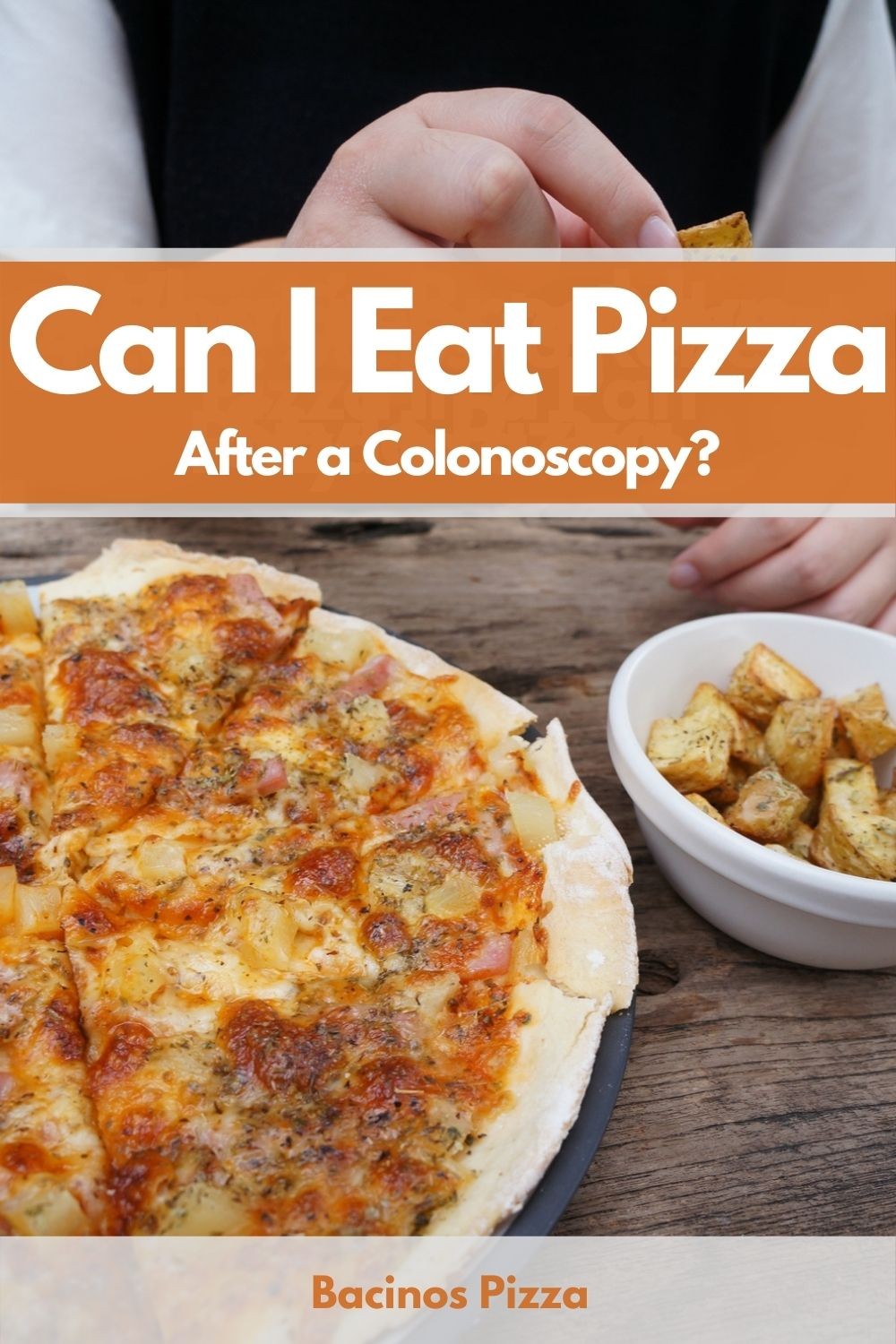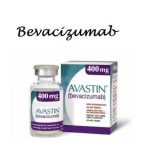
Contents
Can I Eat 2 Days Before Colonoscopy?
It is recommended to eat a low-fiber diet with laxatives 2-3 days before a colonoscopy for clearer visibility of potential problems. Low-fiber foods include:
- Milk and milk products:
- Buttermilk
- Custard
- Evaporated or powdered milk
- Sour cream
- Low-fat ice cream
- Skim or low-fat milk
- Sherbet
- Smooth non-fat or low-fat yogurt without seeds, berries, rinds or nuts
These foods are light on the stomach and easy to digest. Fiber can mask areas of the colon during a colonoscopy, so it should be avoided.
Foods to avoid before a colonoscopy include:
- Milk and milk products:
- Yogurt with seeds, berries, rinds, or nuts
The best methods of cooking are simmering, poaching, braising, stewing, and steaming. Frying and grilling should be avoided as they can make food difficult to digest.
What is a colonoscopy?
A colonoscopy is a medical procedure to examine the inside of the large bowel (colon). It involves using a long, thin, and flexible tube-like instrument called a colonoscope, which has a camera and a light source at one end. Colonoscopy is commonly performed on an outpatient basis and is used to diagnose various gastrointestinal conditions such as bleeding, abdominal pain, or changes in bowel habits.
A biopsy (tissue sample) can be taken during a colonoscopy for diagnostic purposes. Additionally, colonoscopy allows for the removal of colorectal polyps, which are clumps of tissue that can develop in the inner lining of the large bowel and carry the risk of colon cancer.
Is a colonoscopy painful?
Modern colonoscopy techniques are generally painless and comfortable. Sedation is provided to ensure the person undergoing the procedure feels relaxed and experiences no pain. The thin and flexible nature of modern colonoscopes contributes to the comfort of the procedure.
During the procedure, some pressure and brief cramps or gas pains may be felt when the colonoscope is inserted or advanced. This discomfort is temporary and can be relieved by passing gas.
How is a colonoscopy performed?
Colonoscopy can be performed in a doctor’s office, outpatient department, or medical center.
Before the procedure
Prior to the procedure, your doctor may:
- Order blood tests and imaging studies (such as X-rays, CT scans, and MRIs)
- Inquire about any chronic health conditions
- Ask about medications you are taking
- Discuss any allergies you may have
- Provide a detailed explanation of the procedure, potential complications, and address any doubts or concerns
- Obtain your written consent
- Explain the steps for bowel cleansing, which may include the use of enemas, not eating solid foods for 1 to 3 days before the test, and taking laxatives
- Instruct you to consume plenty of clear liquids before the test, such as water, clear coffee or tea, gelatin, fat-free bouillon or broth, sports drinks without added color, and strained fruit juices
During the procedure
- You will be asked to wear a hospital gown
- An intravenous line will be inserted for sedation
- You will lie on your left side with your knees drawn up towards your chest
- The doctor will gently insert the colonoscope through the anus and advance it into the bowel
- Air may be inserted to improve visibility
- Suction may be used to remove fluid or stool
- The colonoscope will be slowly withdrawn while the doctor examines the bowel’s interior
- Tissue samples (biopsies) or polyps may be taken using small tools inserted through the colonoscope
- Therapeutic procedures, such as laser therapy, may be performed if necessary
- Photographs of the bowel’s interior may be taken with the colonoscope’s camera
After the procedure
Mild cramps and gas are common after the procedure. Bloating or nausea may also be experienced temporarily. These discomforts will subside.
You will be able to go home approximately one hour after the test. Due to the sedatives, you will need someone’s assistance to go home.


